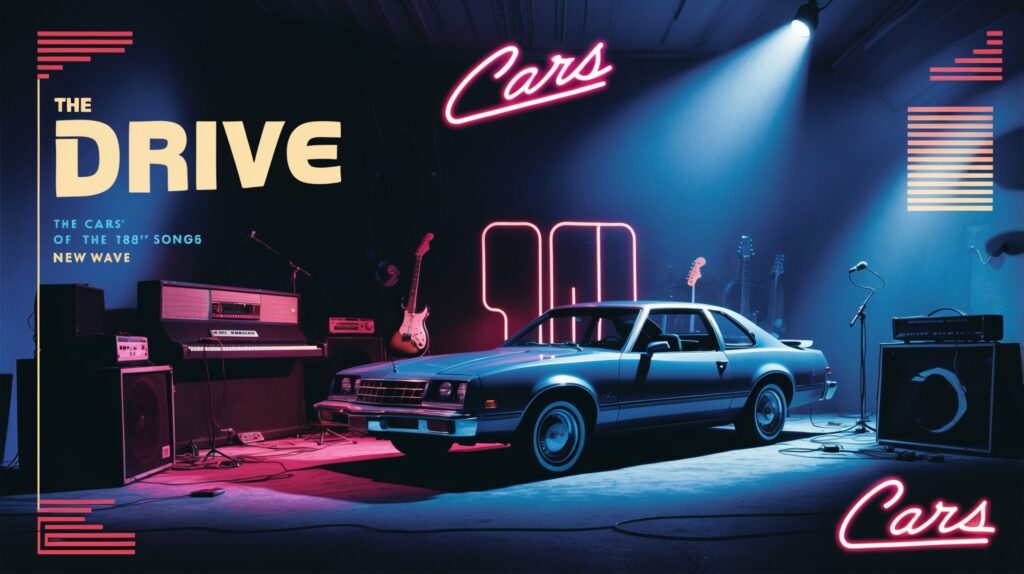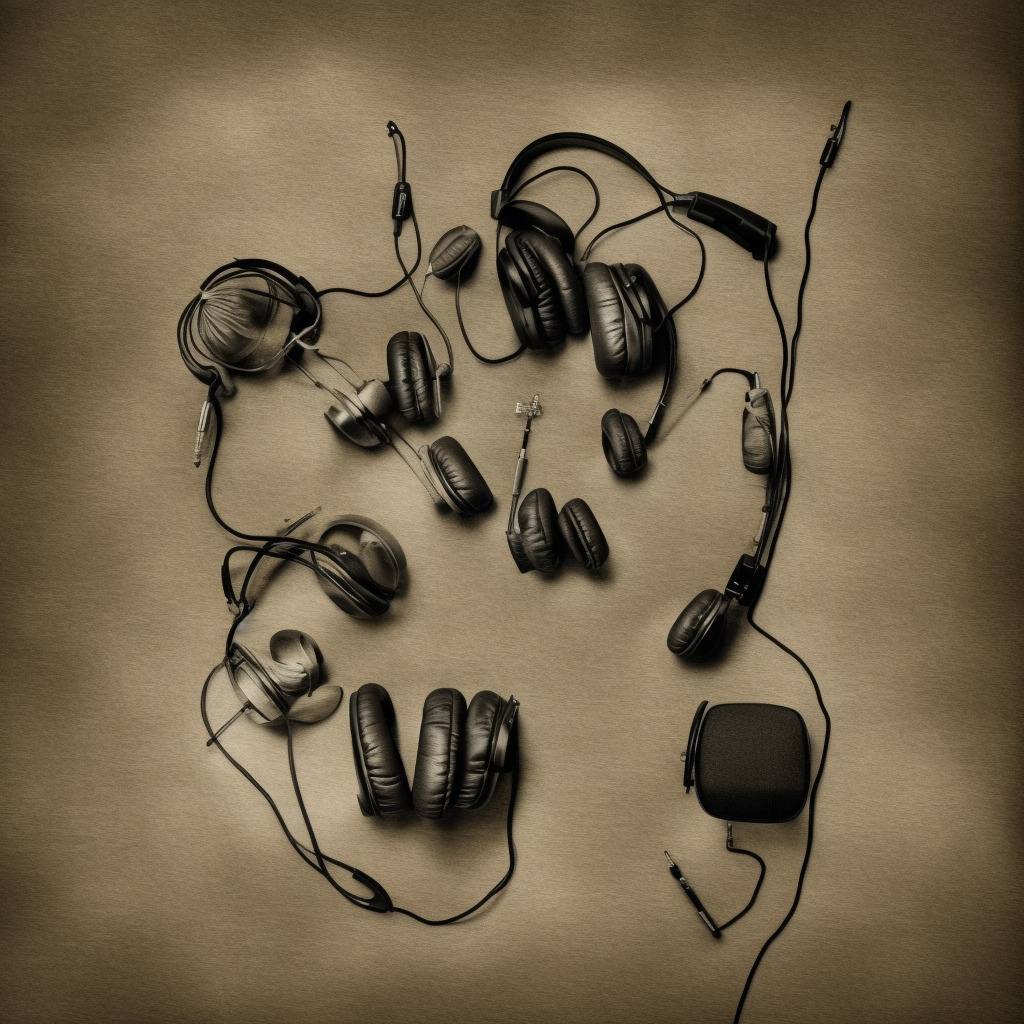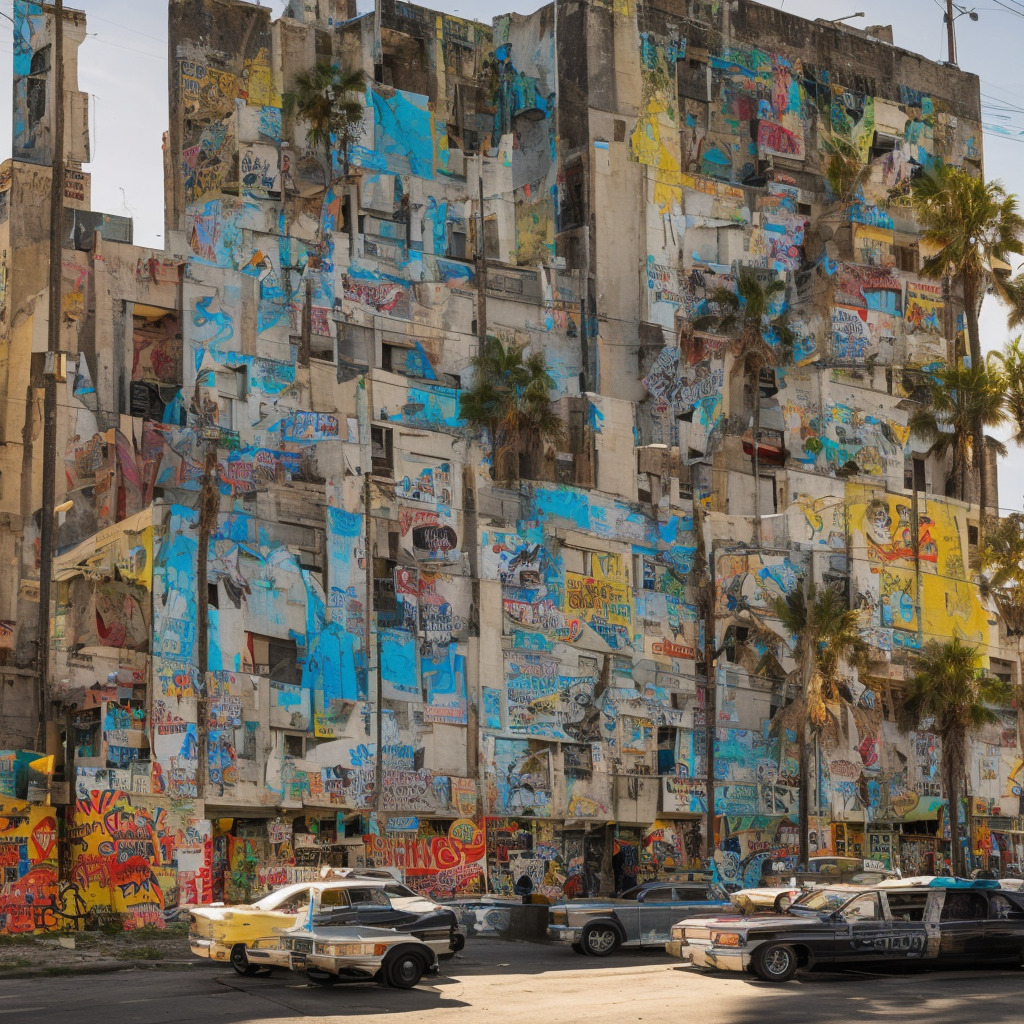? Did you know? Eminem’s haunting hit “Stan” ft. Dido samples her song “Thank You”! ? Talk about a perfect collab! ? #Eminem #Dido #Stan #MusicTrivia #TBT Read about it: tinyurl.com/4ywzmdbj
Delving into the Depths of a Haunting Collaboration
Eminem and Dido’s chilling collaboration on “Stan” unveils the dark side of fame, combining razor-sharp lyrics and haunting melodies to create an unforgettable musical masterpiece.

The collaboration between Eminem and Dido on the song “Stan” is one that gripped the music world when it was released on Eminem’s third studio album, The Marshall Mathers LP, in 2000. Eminem, a renowned rapper and record producer, has been a controversial figure throughout his career. Dido, a British singer and songwriter, gained international recognition after the release of her debut album, No Angel, in 1999. Their collaboration on “Stan” resulted in a haunting melody that lingers in the listener’s mind long after the song has ended.
Eminem, born Marshall Bruce Mathers III, is no stranger to controversy. As a white rapper in a predominantly black industry, he faced criticism and skepticism from the outset, but he persevered and established himself as one of the greatest rappers of all time. With an impressive 15 Grammy Awards and an Academy Award for his song “Lose Yourself,” Eminem has made an undeniable impact on the music scene.
Dido, born Florian Cloud de Bounevialle Armstrong, is a multi-talented artist whose unique voice and songwriting skills have earned her numerous awards, including two Brit Awards and an MTV Europe Music Award. Her distinctive sound, blending elements of pop, folk, and electronic music, has resonated with audiences worldwide, resulting in over 40 million records sold.
“Stan” tells the chilling story of an obsessed fan who progressively becomes more and more delusional, culminating in a tragic and shocking climax. Eminem’s razor-sharp lyrics cut deep, providing a raw and unfiltered look at the darker side of fame, while Dido’s sorrowful, ethereal voice adds an eerie, haunting quality to the song. The song samples Dido’s hit “Thank You,” which intertwines beautifully with Eminem’s storytelling.
Despite the outstanding execution of this collaboration, some critics have taken issue with the song’s dark subject matter and the graphic portrayal of violence throughout the verses. Eminem has never been one to shy away from controversial topics, and while “Stan” may not be for the faint of heart, it remains a powerful and thought-provoking piece of art.
The song’s legacy has been recognized by numerous publications, with Rolling Stone ranking it as one of the 500 Greatest Songs of All Time, and Q Magazine placing it in their list of the 1001 Best Songs Ever. “Stan” is a testament to the incredible talents of Eminem and Dido, reminding us that music can be more than just entertainment, but also a vehicle for powerful storytelling and emotional expression.
Charting the Success and Impact
“Stan” – Eminem’s haunting classic, leaving a lasting impact on the music industry with chart-topping success and a timeless appeal that transcends borders.

“Stan” was released as the third single from Eminem’s third studio album, The Marshall Mathers LP, on November 21, 2000. The song, featuring a hauntingly beautiful hook by British singer-songwriter, Dido, quickly made waves in the music industry and captured the attention of millions.
When it comes to chart success, “Stan” certainly made a mark. In the United States, it debuted at position 51 on the Billboard Hot 100 chart dated December 9, 2000, and eventually peaked at position 51 on December 30, 2000. This might not seem like a massive chart accomplishment, but “Stan” didn’t need to reach the top of the charts in order to have a lasting impact on the music industry and Eminem’s career.
Across the pond in the UK, “Stan” made a much bigger splash, debuting at number one on the Official UK Singles Chart on December 9, 2000. The song held the top spot for just one week, but remained on the UK chart for a total of 22 weeks. This chart success in the UK solidified Eminem’s status as an international hip-hop superstar.
In Australia, “Stan” also made waves, reaching the number two spot on the ARIA Singles Chart. The track had an impressive 20-week run on the Australian chart, showcasing its widespread appeal.
One interesting chart trivia about “Stan” is its resurgence in the UK charts in 2013, 13 years after its initial release. This happened due to a campaign by fans to get the song back on the charts to coincide with Eminem’s headline performance at the Reading and Leeds Festival. The campaign was successful, and “Stan” made its way back onto the UK chart at position 34 in August 2013.
While “Stan” may not have dominated the charts in every country, its impact on popular culture and its lasting legacy as a powerful narrative in hip-hop history cannot be denied. This song’s chart performance and subsequent resurgence demonstrate its timeless appeal and the deep connection it has forged with listeners around the world.
A Deep Dive into the Lyrics of “Stan”
I got out of bed at all
The morning rain clouds up my window
And I can’t see at all
And even if I could it’ll all be gray
But your picture on my wall
It reminds me that it’s not so bad
It’s not so bad
Dear Slim, I wrote you, but you still ain’t callin’
I left my cell, my pager and my home phone at the bottom
I sent two letters back in autumn, you must not’ve got ’em
There probably was a problem at the post office or somethin’
Sometimes I scribble addresses too sloppy when I jot ’em
But anyways, f*** it, what’s been up, man? How’s your daughter?
My girlfriend’s pregnant too, I’m ’bout to be a father
If I have a daughter, guess what I’ma call her?
I’ma name her Bonnie
[…]
The lyrics in “Stan” intricately weave a narrative of an obsessed fan’s descent into madness. Eminem, known for his storytelling prowess, masterfully crafts the story of Stan, a devoted fan who becomes increasingly disillusioned with his idol, ultimately leading to tragic consequences.
The song begins with an excerpt from Dido’s “Thank You” and sets the melancholic tone for the verses that follow. The use of letters as a medium of communication between Stan and Eminem highlights the distance between the two characters, both physically and emotionally. As the song progresses, Stan’s letters become increasingly desperate, revealing a darker side to his admiration for Slim. This gradual descent into darkness can be felt throughout the song, both lyrically and musically.
“Stan” was released in 2000, a time when celebrity culture was on the rise, and the internet was becoming an increasingly powerful tool for fans to connect with their favorite artists. However, the song also serves as a cautionary tale, highlighting the dangers of obsession and the often-blurred line between admiration and fanaticism. The lyrics of “Stan” effectively capture the spirit of the time, illustrating the growing influence of popular culture on individuals and the potentially catastrophic consequences of unchecked obsession.
In conclusion, the lyrics of “Stan” serve as an enduring example of Eminem’s lyrical genius and his ability to delve deep into the human psyche. The song remains a haunting and powerful reminder of the darker side of fandom and the impact it can have on the lives of both fans and the artists they idolize.
The Dynamic Visuals of “Stan”
“Stan” – A haunting masterpiece of visual storytelling that delves into the dark depths of obsession, featuring Eminem’s gripping narrative, Dido’s chilling vocals, and a gritty cinematic atmosphere that lingers long after the final scene.
The music video for “Stan,” released in 2000, is a haunting visualization of the song by Eminem featuring Dido. Directed by acclaimed music video director Dr. Dre and Philip Atwell, the video showcases the gripping storytelling prowess of Eminem while elevating the narrative through striking visuals and a cinematic approach.
The video follows the tragic story of an obsessive fan named Stan, played by Devon Sawa, who writes letters to Eminem and becomes increasingly unhinged as time goes on. Intercut with scenes of Eminem rapping in a dimly lit room, the video’s main narrative revolves around Stan’s unhealthy obsession with his idol. Dido, who lends her vocals to the song’s chorus, also stars in the video as Stan’s pregnant girlfriend.
The music video for “Stan” is notable for its raw and realistic portrayal of the song’s disturbing subject matter. The directorial duo’s decision to shoot the video on 16mm film gives it a gritty, authentic feel that complements the dark and intense nature of the song. Additionally, the use of practical special effects, such as rain and water in the indoor scenes, adds to the visual impact and further immerses viewers in the grim atmosphere.
In terms of production, the video’s budget was reportedly around half a million dollars, a significant amount for a music video at the time. Despite the high budget, the video’s sets were relatively simple, with most scenes taking place in a small apartment or Eminem’s recording studio. The bulk of the expense likely went towards the video’s special effects and post-production, ensuring a polished and visually arresting final product.
Artistically, the music video for “Stan” mirrors the song’s theme of obsession and unhealthy idolization. The video’s use of dark, moody lighting and muted colors reinforces the grim nature of the subject matter, while the increasingly frantic pace of the editing effectively conveys Stan’s growing instability. The final, chilling scene, in which Eminem realizes the tragic fate of his fan too late, serves as a powerful reminder of the potentially destructive consequences of obsession and the danger of blurring the line between fantasy and reality.
All in all, the music video for “Stan” is a triumph of visual storytelling that skillfully brings Eminem and Dido’s haunting collaboration to life. With its striking visuals, superb direction, and powerful narrative, it’s no wonder the video remains a seminal work in the annals of music video history.
The Creative Mastermind: Composer Side of Eminem and Dido
The fusion of Eminem’s storytelling prowess and Dido’s hauntingly beautiful voice on “Stan” is undeniably a perfect blend, but it’s worth taking a moment to appreciate the composers behind this iconic track. Marshall Mathers, professionally known as Eminem, co-wrote the song with Dido Armstrong and her brother, Rollo Armstrong. While Eminem is renowned for his groundbreaking and controversial tracks like “Lose Yourself,” “The Real Slim Shady,” and “Without Me,” Dido has also made her mark on the music scene with soul-stirring hits like “White Flag” and “Thank You.” It’s this very song, “Thank You,” that forms the basis of the familiar chorus in “Stan.” Rollo Armstrong, a founding member of the electronic music group Faithless, also played an essential role in the song’s creation. His extensive production work, remixes, and compositions for various artists have established him as a respected figure in the music industry. Together, these talented composers constructed a timeless piece that continues to resonate with audiences worldwide.
Awards, Accolades, and Influence
“Stan”: Eminem’s timeless masterpiece transcending genres, garnering accolades, and influencing artists for over two decades.

“Stan” featuring Dido was released by Eminem in 2000 on his third studio album, “The Marshall Mathers LP”. A narrative track that masterfully melded hip hop with soulful pop, the song quickly became one of the most iconic and critically acclaimed tracks in Eminem’s discography.
Over time, “Stan” has received numerous awards and accolades. At the 2001 MTV Video Music Awards, it bagged the Best Male Video, and Best Director for Dr. Dre and Philip G. Atwell. It was also nominated for a Grammy in the Best Rap Solo Performance category that same year. Furthermore, Rolling Stone ranked “Stan” at number 290 in their list of “500 Greatest Songs of All Time” in 2004, and NME placed it at number 15 in their list of “100 Best Songs of the 2000s.”
In terms of media appearances, “Stan” has made its way into various movies, TV shows, and video games, solidifying its status as a cultural touchstone. For instance, it was featured in the 2002 film “8 Mile”, loosely based on Eminem’s life, and the television series “Scrubs”. Additionally, it has been included as a playable track in video games like “DJ Hero” and the “Grand Theft Auto” franchise.
Over the years, “Stan” has been covered and reinterpreted by various artists, showcasing the song’s impact and influence on the music industry. Notably, the British band Bastille produced a live mashup of “Stan” with their hit “Overjoyed” for BBC Radio 1’s Live Lounge in 2013. Pop sensation Miley Cyrus also performed a cover of the song while on her MTV Unplugged special in 2020. These renditions, among others, highlight the versatility and staying power of “Stan” as a song that continues to captivate audiences two decades after its release.
Dissecting the Musical Anatomy
“Stan” by Eminem featuring Dido is a song that has captivated audiences with its unique blend of storytelling, evocative melodies, and intricate musical structure. As we delve deeper into the song’s anatomy, its true genius becomes apparent.
The song is written in the key of C# minor, which helps create a somber and melancholic atmosphere that perfectly complements the narrative. Eminem’s rapping is in the same key as Dido’s vocals, further emphasizing the cohesive nature of the collaboration.
The chord progression is relatively simple, consisting primarily of i-III-VI-VII (C#m – E – A – B). The first three chords are played during the verses, with the last chord (B) added during the chorus. This minimalistic approach allows Eminem’s rapping to take center stage, while the chords provide a haunting, emotional backdrop to the story being told.
Tempo plays a significant role in “Stan,” with a BPM (beats per minute) of approximately 80. This slow tempo enhances the somber mood and allows listeners to fully immerse themselves in the narrative. The song’s rhythmic structure features a standard 4/4 time signature, providing a steady, consistent pulse throughout its entirety.
One cannot discuss “Stan” without mentioning the iconic sample from Dido’s “Thank You,” which serves as the backbone of the song. Eminem masterfully weaves Dido’s ethereal vocals into the fabric of the track, creating an unforgettable hook that resonates with listeners long after the song has ended. This sample also adds another layer of complexity to the song’s structure, as it is played in a loop during the verses and transitions seamlessly into the chorus.
Another noteworthy aspect of “Stan” is its use of sound effects and audio clips to further enhance the narrative. The sound of rain, thunder, and windshield wipers at the beginning and throughout the song creates a vivid, almost cinematic atmosphere that transports listeners into the world of the protagonist. Additionally, the inclusion of audio from a news broadcast towards the end of the song serves as a chilling climax, providing a stark contrast to the introspective nature of the verses.
In conclusion, “Stan” by Eminem featuring Dido is a masterclass in storytelling and musical cohesion. The song’s intricate musical structure, haunting chord progression, and atmospheric sound effects work together to create a truly unforgettable listening experience. It’s no wonder that “Stan” remains a classic in the annals of popular music, continuing to captivate and resonate with audiences around the world.







